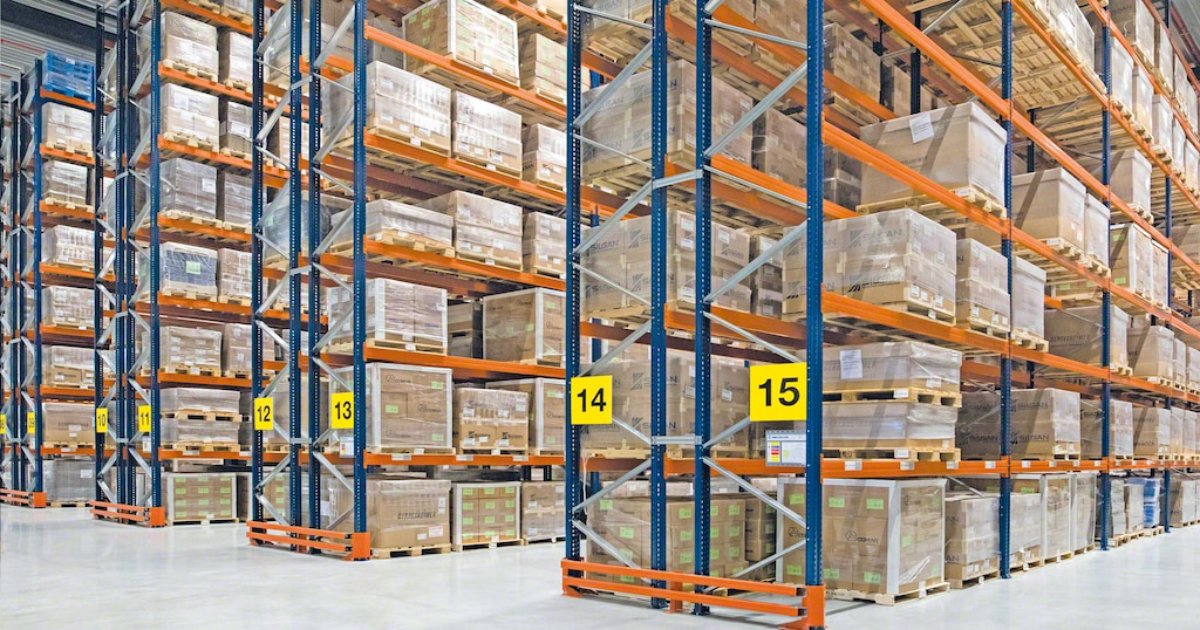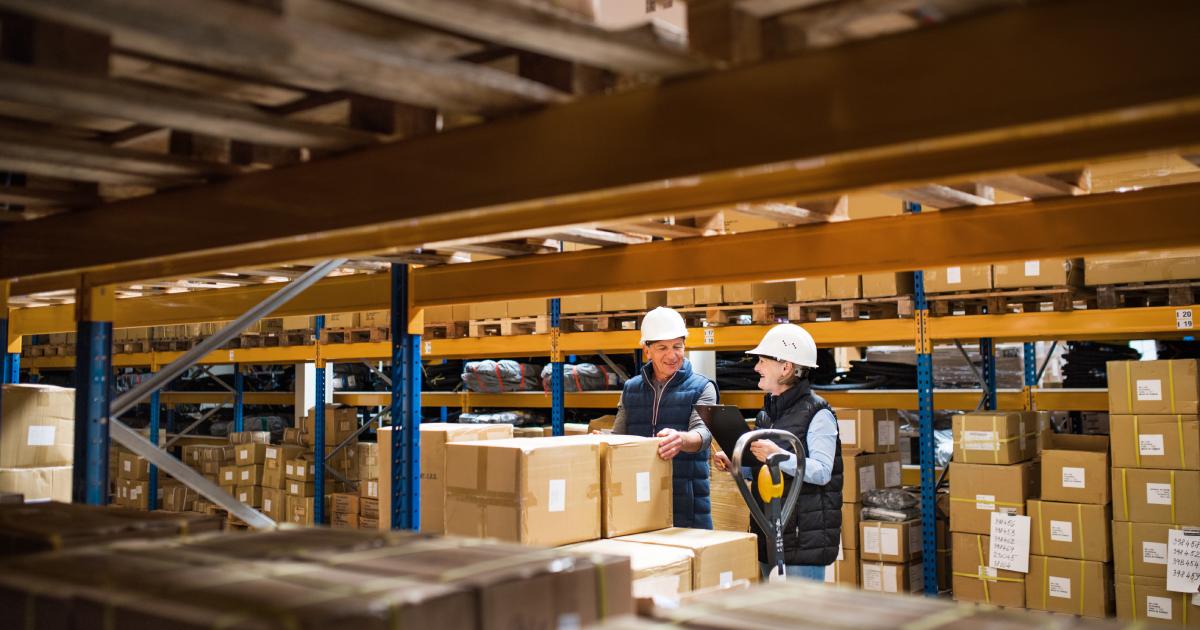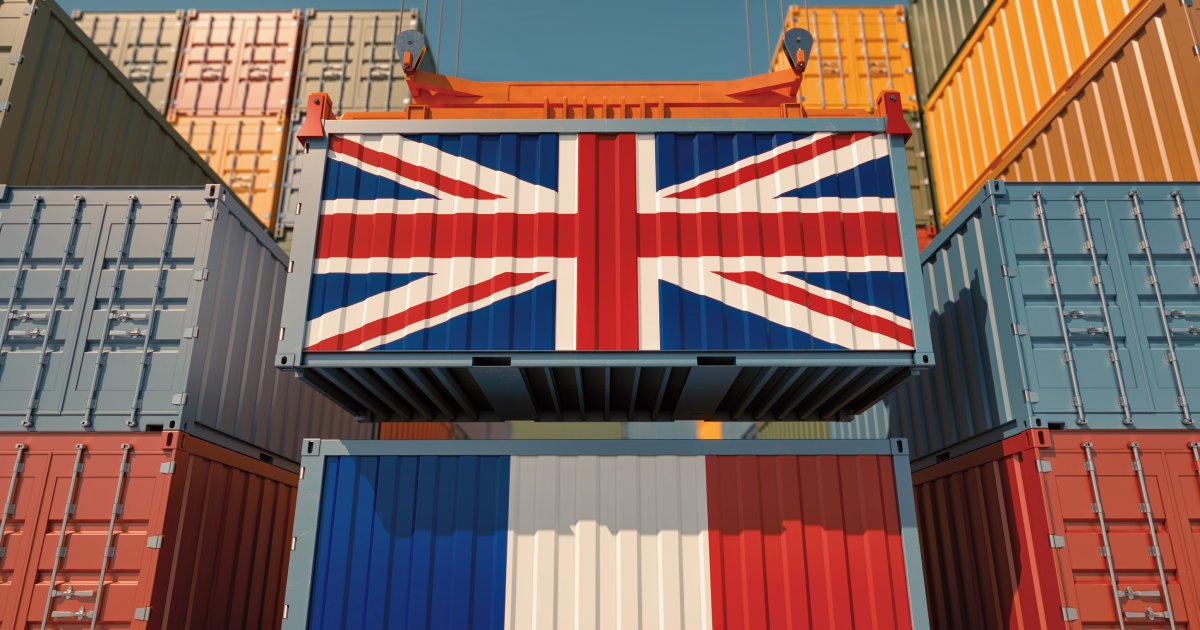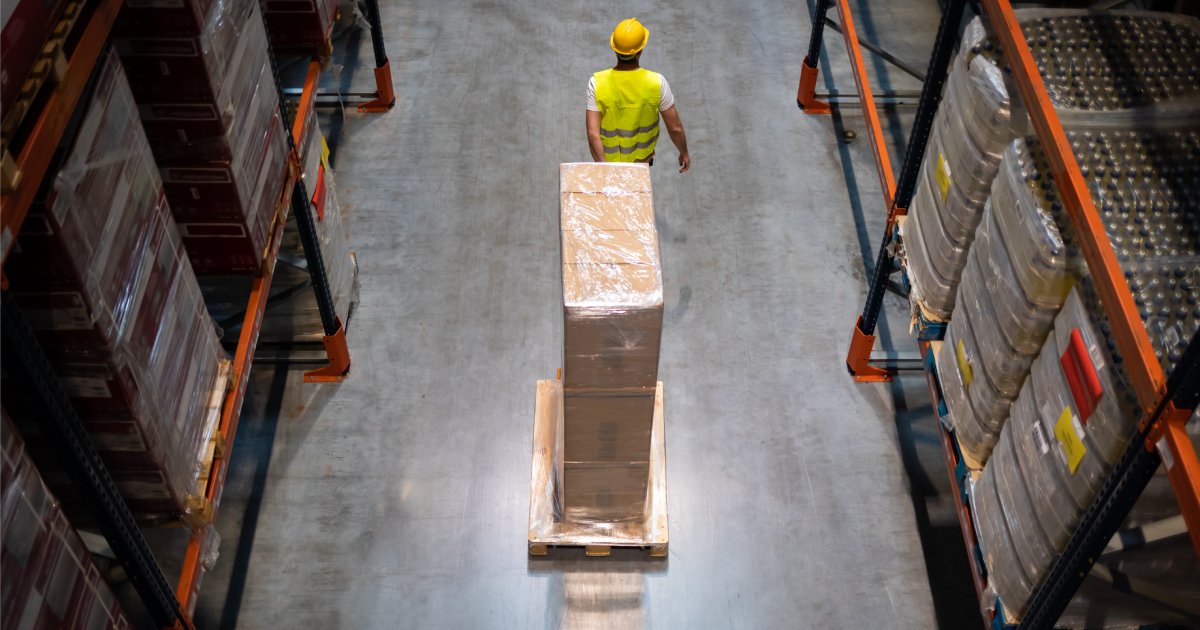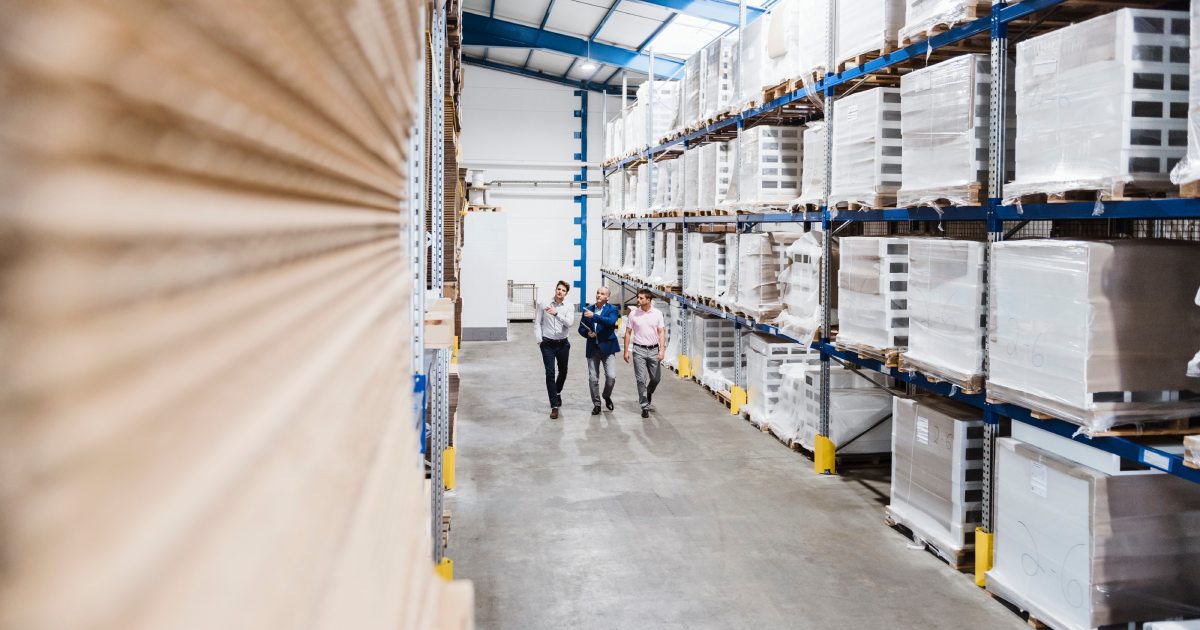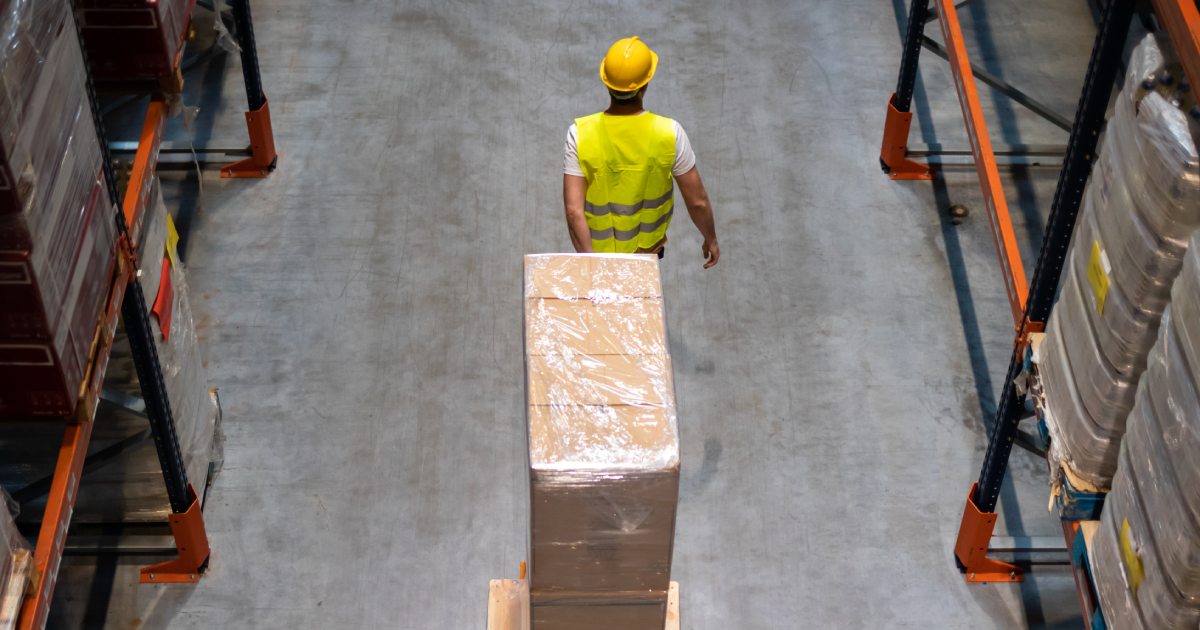A successful trade starts and ends with reputation, so protecting goods in transit is a must. Ensuring the safety of your products ensures the safety of your reputation.
As well as insurance cover, there are ways to protect goods in transit yourself between your leaving your premises and arriving at your client’s premises or customer’s doorstep.
When products are damaged in the logistics process, it can scar your business with quite a few lasting negative impressions. In many cases, it’s not the brand’s fault that items have been damaged or destroyed. Yet still, the brand will suffer the consequences.
A 2022 survey found that 40% of consumers would be hesitant to shop with a retailer again if a product arrived damaged.
When products arrive at their destinations – whether an individual’s home or in bulk at multiple stores nationwide – damaged products tell partners, suppliers and consumers that you don’t have control of your supply chain. Therefore, they may not view your brand as the professionals that you are.
Contents
Reasons for in-transit product damage
Defective products can occur during transit for many reasons, which is why protecting goods in transit with the use of robust packaging, storage and stacking is so important.
Damage can occur due to impact, shock or vibration, which could be caused by careless handling or poor organisation.
Water damage can be particularly detrimental as any form of moisture, leak or spillage could be the death of electronic products or create unsightly markings on non-electronics.
Temperatures can affect goods too as humidity can be created and therefore water damage, but fluctuating temperatures can also weaken products.
Dust and static charges can also have an adverse effect of the quality of products on the move.
Packaging is key to combatting these concerns but it also comes down to stock management. Staff should be trained to handle products properly and how the nature of the good and their packaging can affect the journey.

How damaged goods damage business
Reputational damage
Product damage is often associated with poor quality or deficient handling, which can harm a brand’s reputation. This could result in bad reviews and direct or public complaints. A business then has to invest time to rectify these issues and appease disgruntled customers. Even if complaints are handled correctly, these reviews may still deter potential customers from making purchases with you.
Financial loss
Damaged goods may need to be discarded, repaired, or replaced, leading to additional costs. The business may also have to bear the expenses of return shipping, refunds, or compensation to dissatisfied customers.
Customer dissatisfaction
Customers expect to receive their orders in perfect condition. Receive damaged goods or stock can end in irritation and regret. This can result in customer complaints, requests for refunds or replacements, and potential loss of repeat business.
Increased customer service efforts
Dealing with the aftermath of product damage necessitates further customer service efforts. Company team members will be required to spend time handling customer inquiries, complaints, and requests for refunds or exchanges. This diverts resources and time that could have been used for other productive actions, disturbing operational efficiency.
Supply chain disruptions
Product damage can disrupt the supply chain by causing delays in delivering products and stock. Deadlines could then be missed, or orders can go unfulfilled. This can impact customer relationships, especially for time-sensitive or urgent deliveries, and may result in lost business opportunities.
Increased costs and complexity
Handling product damage can also include extra admin operations. Coordinating with carriers and managing inventory discrepancies can take as much time as responding to customer complaints. As an example, product withdrawals will require notification to those who received the items, disposal or product replacement. These tasks can increase operational costs and add complexity to the business’s logistics operations.
Legal and regulatory implications
Legal and regulatory responsibilities may also come into play. For instance, if the products are hazardous or subject to specific regulations, the outcome of damage could be penalties or legal consequences.
Supplier relationships
If the damage occurred due to inadequate packaging or handling by suppliers or logistics partners, it can strain relationships with stakeholders. It may require renegotiating terms, seeking alternative suppliers, or implementing stricter quality control measures.
A high priority job
Protecting goods in transit is a high priority job for manufacturers and retailers.
Damaged products damage business by affecting financial performance, reputation, customer satisfaction, operational efficiency, and relationships within the supply chain.
Businesses must aim to minimise product damage to avoid these negative consequences and maintain a competitive edge in the market.

